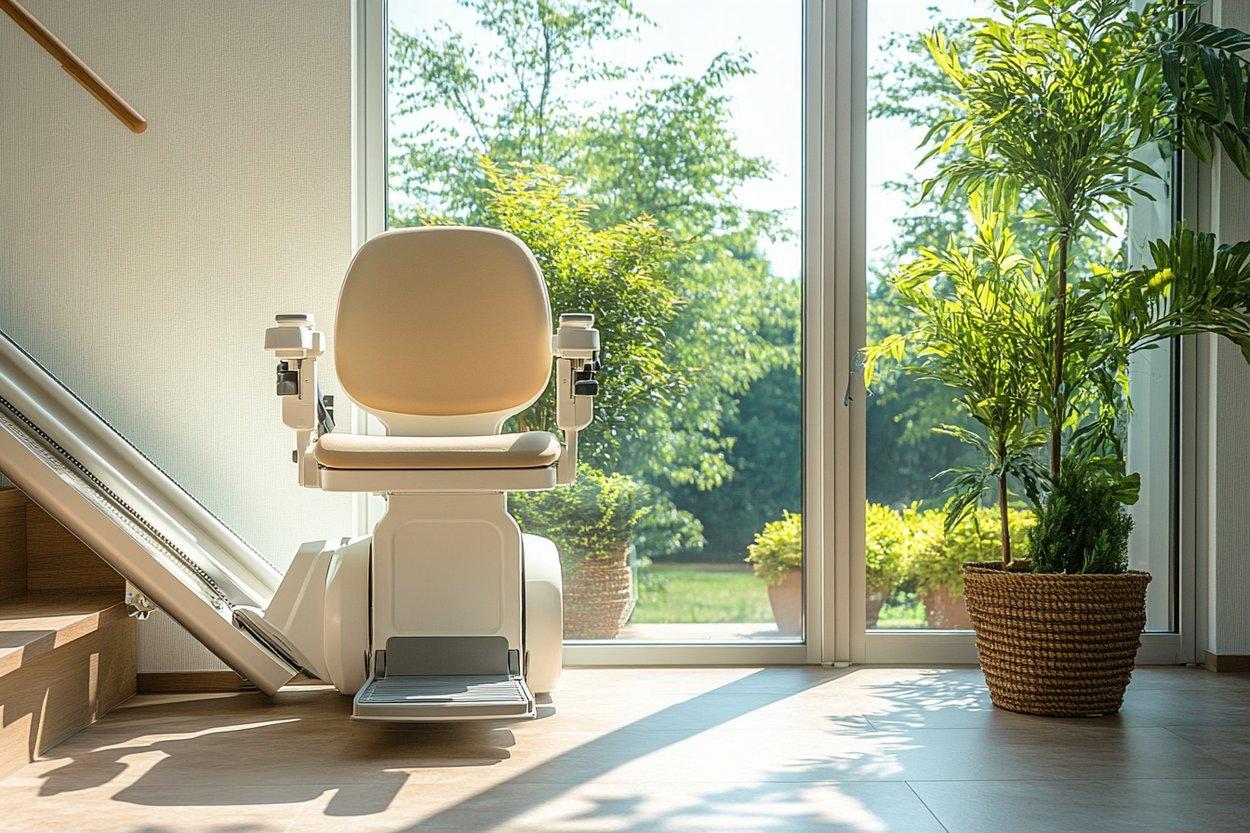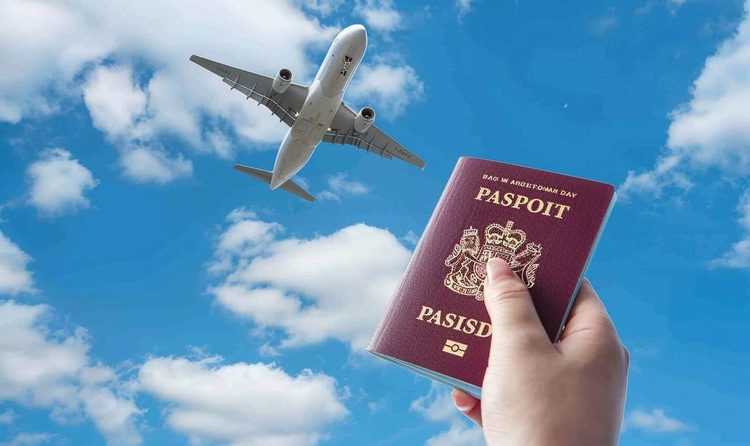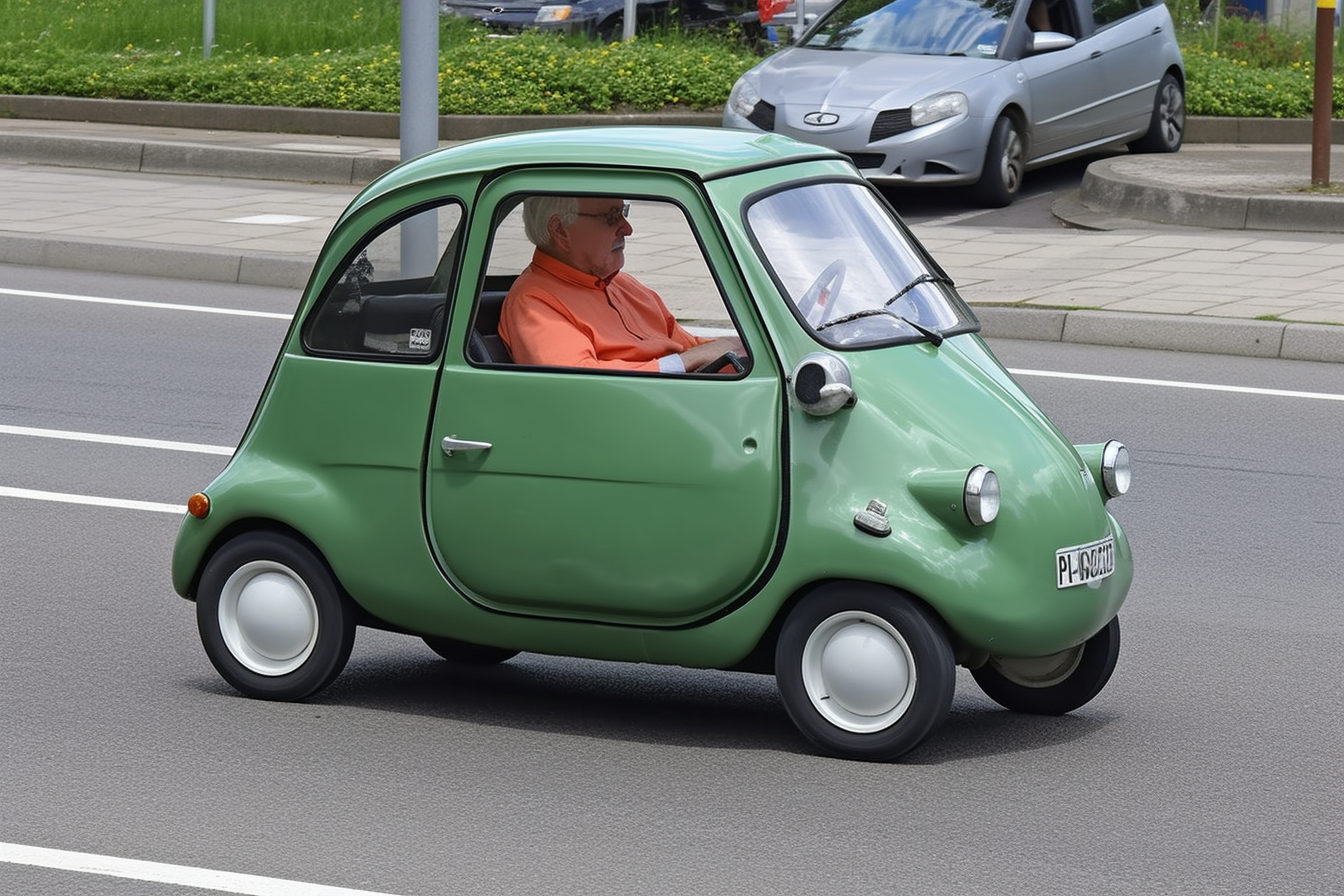Understanding Home Stair Lifts: Options, Alternatives, and Buying Guide
Stair lifts offer independence and mobility for those who struggle with stairs in multi-level homes. These mechanical devices transport individuals safely between floors without the physical strain of climbing steps. Whether considering a new automatic system, exploring alternatives, or looking into cost-saving used options, understanding the full range of stair lift solutions can help maintain accessibility while preserving quality of life.

A stair lift provides a practical solution for individuals with mobility challenges who wish to maintain independence in multi-level homes. These motorized chair systems attach to staircase railings, allowing users to travel between floors safely and comfortably without navigating steps. As the population ages and more people choose to age in place, stair lifts have become increasingly common accessibility modifications that help preserve quality of life while avoiding the expense and disruption of moving to a single-level dwelling.
What Features Should You Look for in a Home Stair Lift?
When selecting a home stair lift, several key features deserve consideration. Safety elements should be prioritized, including obstruction sensors that stop the lift if something blocks its path, seat belts for secure travel, and footrest sensors. Comfort features like padded seats and armrests make daily use more pleasant, especially for those with joint pain or discomfort.
Control options are another important consideration. Most modern home stair lifts offer remote controls allowing users to call or send the lift to different landings. This proves particularly useful in households where multiple people use the lift. Battery backup systems ensure the lift remains operational during power outages, providing peace of mind for users who rely on the device for essential mobility.
Installation requirements vary based on staircase configuration. Straight staircases typically accommodate standard models, while curved or multi-landing staircases require custom solutions. Weight capacity is another crucial factor, with most residential models supporting between 250-300 pounds, though heavy-duty options can accommodate up to 600 pounds for users with specific needs.
What Alternatives To Stair Lifts Are Available?
For those exploring alternatives to stair lifts, several options exist depending on mobility level, home configuration, and budget. Residential elevators provide comprehensive access between floors but require significant structural modifications and typically cost substantially more than stair lifts. However, they accommodate wheelchairs and multiple users simultaneously.
Platform lifts offer another alternative, particularly beneficial for wheelchair users. These devices lift the entire wheelchair and occupant between floors using a platform rather than a chair. While more expensive than standard stair lifts, they provide a solution for those who cannot transfer from a wheelchair easily.
Home modifications represent a more permanent alternative. First-floor living arrangements—converting dining rooms or other spaces into bedrooms and installing accessible bathrooms—eliminate the need to navigate stairs altogether. Ramps can replace short staircases for wheelchair access, though they require considerable space and may not be practical for full flights of stairs.
For those with minimal mobility challenges, stair assistance devices like additional handrails, stair climbing aids, or even stairlift rental for temporary needs might provide sufficient support without the investment in a permanent installation.
How Do Automatic Stair Lifts Improve Accessibility?
Automatic stair lifts represent the cutting edge of home accessibility technology, offering enhanced features beyond basic models. These systems typically include power-folding seats, footrests, and armrests that automatically collapse when not in use, maximizing hallway space for other household members. This automation proves particularly valuable for users with limited dexterity or strength who might struggle with manual folding mechanisms.
Many automatic stair lifts incorporate advanced safety features like obstacle detection systems that use sensors to identify objects in the lift’s path and automatically stop to prevent collisions. Soft-start and soft-stop technology ensures smooth transitions between movement and rest, reducing jarring motions that could cause discomfort for sensitive users.
Remote operation capabilities allow users to control the lift from anywhere in the home using smartphone apps or dedicated remote controls. Some models even offer programmable settings for multiple users, automatically adjusting seat height, footrest position, and travel speed to individual preferences. Voice activation features in premium automatic models enable hands-free operation, beneficial for those with limited manual dexterity or visual impairments.
Are Used Stair Lifts For Sale a Good Option?
Purchasing used stair lifts can offer significant cost savings compared to new installations, with pre-owned units typically available at 40-60% below retail prices. This makes accessibility more affordable for budget-conscious consumers. However, buyers should approach the used market with careful consideration of several factors.
The age and condition of the lift significantly impact reliability and remaining service life. Used stair lifts older than 5-7 years may require more frequent maintenance or replacement parts, potentially offsetting initial savings. Battery life deserves particular attention, as replacement batteries can be expensive and may be needed shortly after purchase if the unit has seen extensive use.
Warranty coverage varies dramatically in the secondary market. Some refurbished models from reputable dealers include limited warranties, while private sales typically offer no protection against mechanical failures. Professional inspection before purchase is highly recommended to identify potential issues or needed repairs.
Installation considerations also differ for used units. While straight stair lifts can often be adapted to different staircases, custom curved models are designed for specific configurations and may not fit properly in a new location. Professional reinstallation is almost always necessary to ensure safety and proper function, adding to the overall cost.
What Are the Cost Considerations for Different Stair Lift Options?
The stair lift market offers options across various price points, with costs primarily determined by staircase configuration, features, and whether purchasing new or used equipment. Understanding these price variations helps consumers make informed decisions based on their specific needs and budget constraints.
| Stair Lift Type | Average Cost Range (New) | Average Cost Range (Used) | Key Factors Affecting Price |
|---|---|---|---|
| Straight Stair Lift | £1,800 - £3,500 | £800 - £1,800 | Length of stairs, features, brand |
| Curved Stair Lift | £4,000 - £10,000 | £2,000 - £5,000 | Complexity of curve, custom rail, features |
| Outdoor Stair Lift | £3,500 - £6,000 | £1,500 - £3,000 | Weather protection, distance covered |
| Heavy-Duty Stair Lift | £4,000 - £7,000 | £2,000 - £4,000 | Weight capacity, reinforced components |
| Platform Lift | £7,000 - £15,000 | £3,500 - £7,500 | Size, weight capacity, travel distance |
Prices, rates, or cost estimates mentioned in this article are based on the latest available information but may change over time. Independent research is advised before making financial decisions.
Beyond the purchase price, ongoing expenses should factor into budgeting decisions. Annual maintenance contracts typically range from £150-£300 depending on lift complexity and provider. Battery replacement approximately every 2-3 years costs between £80-£200. Insurance coverage is recommended, with annual premiums averaging £50-£100 when added to home insurance policies.
Many providers offer financing options to spread costs over time, typically with terms ranging from 12-60 months. Additionally, some regions provide grants or assistance programs for accessibility modifications, potentially reducing out-of-pocket expenses for qualifying individuals.
Ensuring Safety and Compliance with Stair Lift Installations
Safety standards govern stair lift installations to protect users from potential hazards. In the UK, stair lifts must comply with the Machinery Directive 2006/42/EC and British Standard BS EN 81-40:2008, which outline safety requirements for powered stairlifts. These regulations ensure minimum safety standards for design, manufacturing, and installation.
Professional installation is strongly recommended, as improper mounting can lead to dangerous malfunctions. Qualified installers will assess staircase structure, ensure proper anchoring, and verify electrical connections meet building codes. They also provide essential user training on proper operation and emergency procedures.
Regular maintenance helps prevent accidents and extend equipment lifespan. Most manufacturers recommend annual professional inspections to check rail alignment, seat security, electrical systems, and safety features. Users should also perform basic maintenance like keeping rails clean and free from obstruction, checking batteries regularly, and promptly addressing unusual noises or operational changes.
While stair lifts significantly improve home safety by reducing fall risks, users should still follow safety protocols such as properly securing seat belts, maintaining clear pathways around landings, and ensuring the lift is fully stopped before mounting or dismounting. These precautions help maximize the safety benefits these devices provide.




